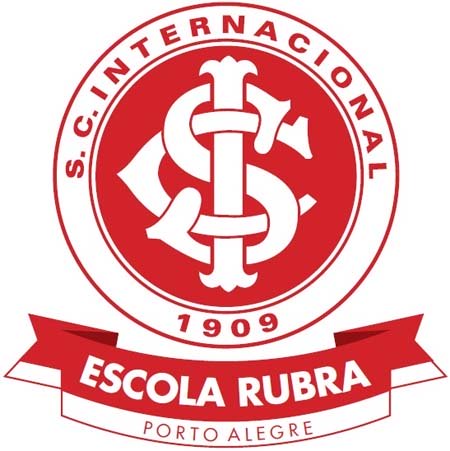Sport Club Internacional Tryouts
Sport Club Internacional, commonly known as Internacional de Porto Alegre, Internacional or simply Inter, is a Brazilian professional football club based in Porto Alegre, Brazil. The club competes in the Campeonato Brasileiro Série A, the top flight of Brazilian football.
Internacional Youth Development System
Internacional Rubra School
The Rubra School aims at the integral development of its students, using sports as a pedagogical tool, strengthening values essential to human formation, such as respect, discipline, empathy, self-esteem and group spirit.
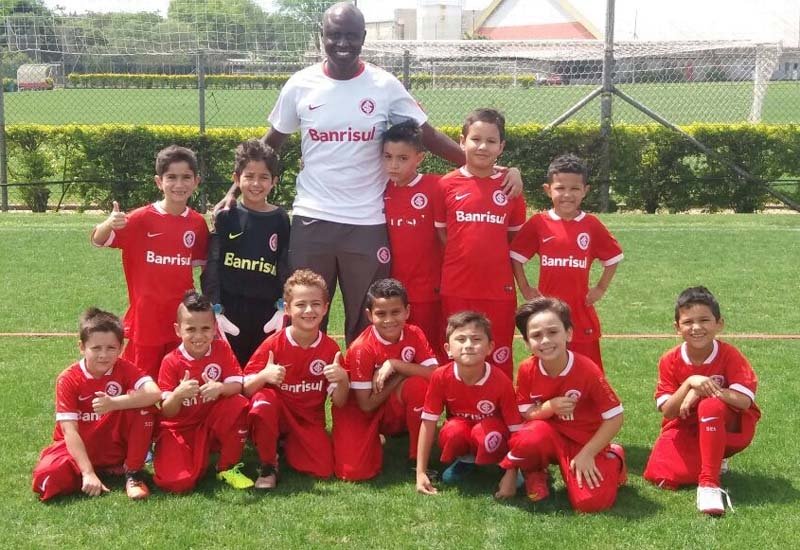
Internacional Enrollment
There are still vacancies for new enrollments at Escola Rubra. To enroll, the following documents are required:
* Medical certificate (current) for sports practice
* School certificate (with grade and shift)
* Copy of student’s birth certificate or identity card
* Copy of proof of residence with CEP
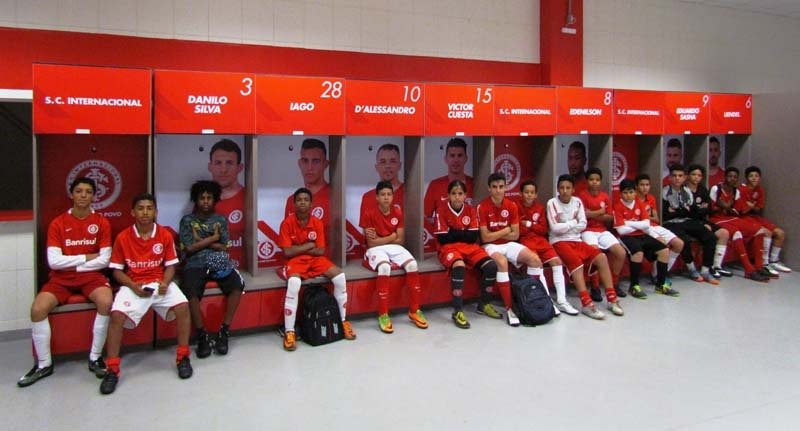
Internacional Methodology
Classes are divided by year of birth. Classes, lasting 60 minutes, are taught by Physical Education professionals. Students between the ages of 6 and 13 – who complete these ages this year – have classes twice a week on synthetic grass in football 7, at the Parque Gigante Training Center. Students from 14 to 16 years old take classes three times a week on a natural lawn in football 11, in the Marinha II field. At Escola Rubra, all goalkeepers have a specific free weekly training at the Defender Goalkeeper School.
Escola Rubra is an integral part of Celeiro de Ases, the basic categories of Sport Club Internacional, and develops its activities through methodology integrated with the base. It is the gateway to the club for those who have the dream of becoming a professional soccer athlete, but it also teaches the sport with excellence for those seeking a playful activity that develops their personal, relational, cognitive and productive skills.
Internacional Social responsibility
Currently, the Rubra School has 200 vacancies with total exemption for children and adolescents in situations of social vulnerability, guaranteed through public and private partnerships, such as Banrisul and Porto Alegre City Hall.
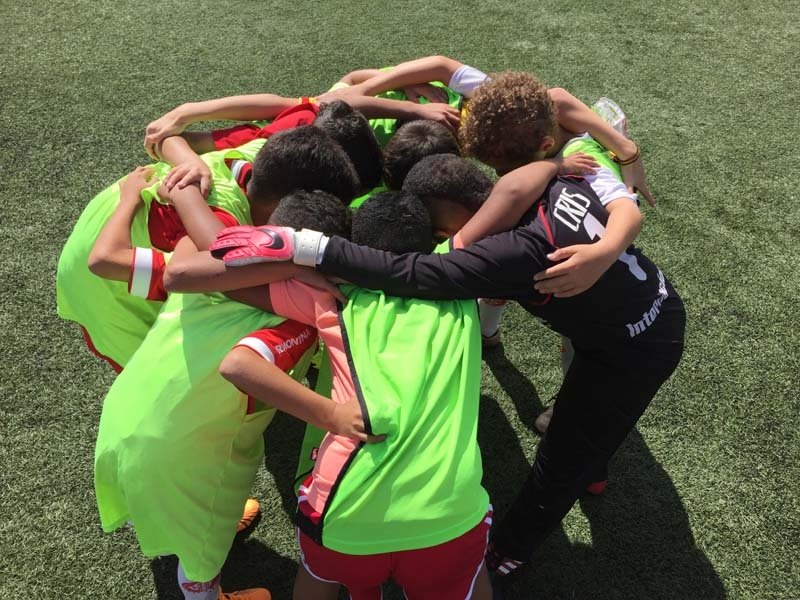
Internacional History
When he was 12, Vicente Rao and his family went to Italy, in the city of Polistena, in the region of Calabria. When he returned, in 1919, he started to get excited about football, and, to our happiness, he became an ardent colorado. From 1926 to 1932, he was an athlete at Sport Club Internacional as a midfielder, playing in place of Lampadinha, great player and star of the moment. But it was in the 40s that Vicente Rao wrote the most beautiful pages in the history of Sport Club Internacional. In 1940, he founded the Department of Cooperation and Propaganda, today Camisa 12, the first organized crowd in Rio Grande do Sul. Seven years later, together with professor Jofre Funchal and talent finder Abílio dos Reis, he organized the Football Schools of the International, today, our Escola Rubra.
Internacional Contacts
Opening Hours: Monday to Friday, from 8 am to 12 pm and from 1:30 pm to 6 pm.
Address: Ginásio Gigantinho – Av. Padre Cacique, 891 – Menino Deus – Porto Alegre / RS
Phone: (51) 3230-4680 / 3230-4702
E-mail: [email protected]
Website: https://www.internacional.com.br/escola-rubra
Colorado Genoma
Internacional, in the search to further publicize its brand and add a greater number of members, developed a project that seeks to expand the club beyond Rio Grande do Sul. It was officially launched in August 2002.
The child’s genome is encoded in the DNA of its 46 chromosomes, instructions that will affect its structure, its size, its color, its intelligence, in short, all aspects of its behavior. Eighty thousand genes have man in their formation.
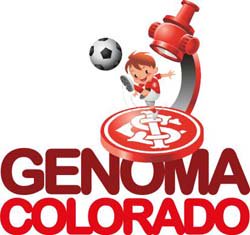
Inspired by these scientific discoveries, Sport Club Internacional sets out to identify its “colorado genome”. This project works with young colorados assisted by their genetic ancestors, who are their parents, grandparents, great-grandparents. They assist in the gigantic task of creating colored roots, discovering future stars, increasing the membership, valuing the pride and self-esteem of the true colorado.
The implementation of a Colorado Genome nucleus program in Brazil and abroad also expands the colored borders in the social, sporting and commercial aspects. In this way, the club is represented by colored nuclei in all Brazilian states helping to educate citizens through sport, also prospecting young footballing talents and promoting the image of Sport Club Internacional.
DNA of social commitment
The Colorado Genome Project teaches sport and citizenship to little ones
Among the various social actions promoted by Sport Club Internacional, the Colorado Genome Project is perhaps the one that is most closely connected with the practice of football. The passion for the sport is rooted in the hearts of thousands of boys, spread all over Brazil. It was thinking about this that, in 1974, the advisor Antônio Adil Souto created the Colorado Heart Project, which would become the Colorado Genome 27 years later. “The idea was to wake up the colorado crowd, which had hitherto been asleep in this Rio Grande and throughout Brazil, causing everyone to join the club to participate in the nuclei that would be founded in all the neighborhoods, towns and cities of this country with the collaboration communities ”, explains the founder of the initiative.

Using the promotion of sport among boys and girls from the most diverse communities to generate socialization and training may seem like a simple idea, but it is not. The Project does not only deal with the dissemination of football practice, but with the construction of values, such as the protection of life and health, friendship and especially social interaction. Teaching football, the Genome ends up giving small colored lessons that they can take for the rest of their lives. Much of this educational experience for young people will be built in sports, especially considering the importance of football in Brazilian culture. FECI (International Education and Culture Foundation) and the Colorado Genome.
Genome boys learn lessons for football and life
The Colorado Genome is built through the creation of nuclei spread throughout Brazil and the world. Each of these centers teaches football and citizenship to boys aged three to sixteen, divided into the pre-child, child, youth and youth categories, who attend weekly sports classes. In partnership with the club, state championships and cups and the Brazil Cup are organized. There are already 315 centers across the country. The Project already involves about 80,000 boys who can already be considered new citizens. “We already have a nucleus even in Uruguay, and there, many boys who used to support Peñarol and Nacional, now consider themselves colorados. It is another of the good consequences of the Genome ”, says Braga.
To better follow the development of young people, the Genome Colorado team uses some pedagogical tools. All athletes attending the nucleus have an obligation to be in school and obtain good grades. To assess the financial condition of the young person, the Brazil Economic Classification Criterion is used, which is answered in the registration form by the parents. Each nucleus is sovereign in its decisions, in terms of collecting fees and amounts. Even some groups that charge tuition fees, open places for students who would not be able to pay. Teaching is the most important.
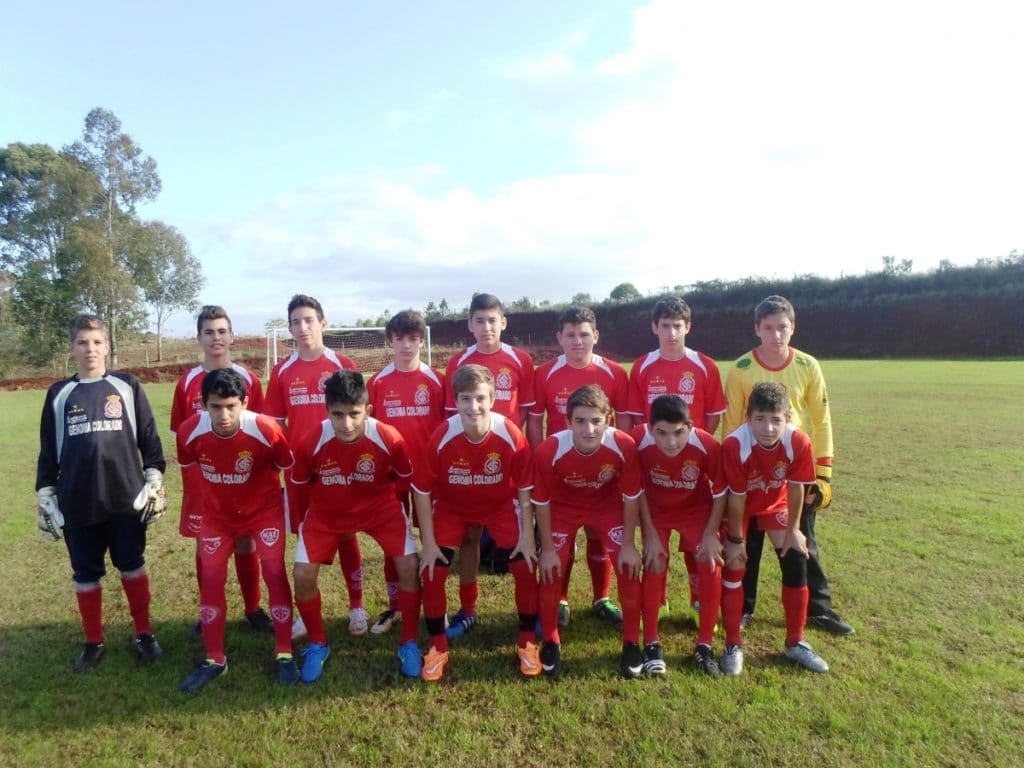
Some charge symbolic values, others do not. In Três Barras, in the State of Santa Catarina, all the boys who attended our nucleus were street children. Now, everyone is at school, learning. “Since he started playing, my son seems to be giving more value to friendships than to competitions, contrary to what I imagined would happen”, says Patrícia Cechinel, mother of Khalil, only five years old, but who has already plays weekly at the Genome Center in Ipanema, Porto Alegre.
All the nuclei of the Project are obliged to present good learning conditions for the boys, such as an adequate lawn and all the necessary structure. In addition to the practice of football, the Genome Colorado has other social biases, such as the Garota Genoma Colorado, a contest that gathers dozens of girls, representatives of the nuclei, and opens the summer season of the swimming pools at Parque Gigante.
Several boys stand out in the Genome tournaments around Brazil. Some of them are taken for testing periods at the Beira-Rio Stadium, many even being approved. Today the athletes in the grassroots categories who reside in the club emerged from the Genome. But that is not what matters most. What really encourages the team of hundreds of Colorado Genome teachers to continue teaching values to boys is citizenship. It is certain that new men will emerge from there, all with the DNA of true champions, in football or not.
Colorado Genome Numbers
> 80 thousand young people served since 2002.
> More than 315 centers spread across Brazilian states and Mercosur
Methodology
In the first stage, the implementation of the Colorado Genome project took place with the division of Porto Alegre into regions. Later, the state was regionalized, taking into account the population covered and the distances between cities. From then on, the pole cities of each region were chosen and the neighborhoods of the capital and cities in the metropolitan region were identified.
Then, the Project was extended to the rest of Brazil and abroad. Internacional offers each nucleus all technical assistance for its installation, as well as all the standards that will govern its operation. When there is a colorado consulate in the city, the nuclei will be installed, preferably, through the figure of the consul. Each nucleus will provide its financial autonomy according to the guidance contained in the rules sent by the International.
Operations
The Colorado Genome project is operated in each nucleus by a board composed of president, vice president, secretary, treasurer, sports director and social director, all members of the International, amateurs and volunteers. Each nucleus must form teams in at least three categories, in addition to organizing internal tournaments, friendly matches and participating in the regional and state championship, when applicable.
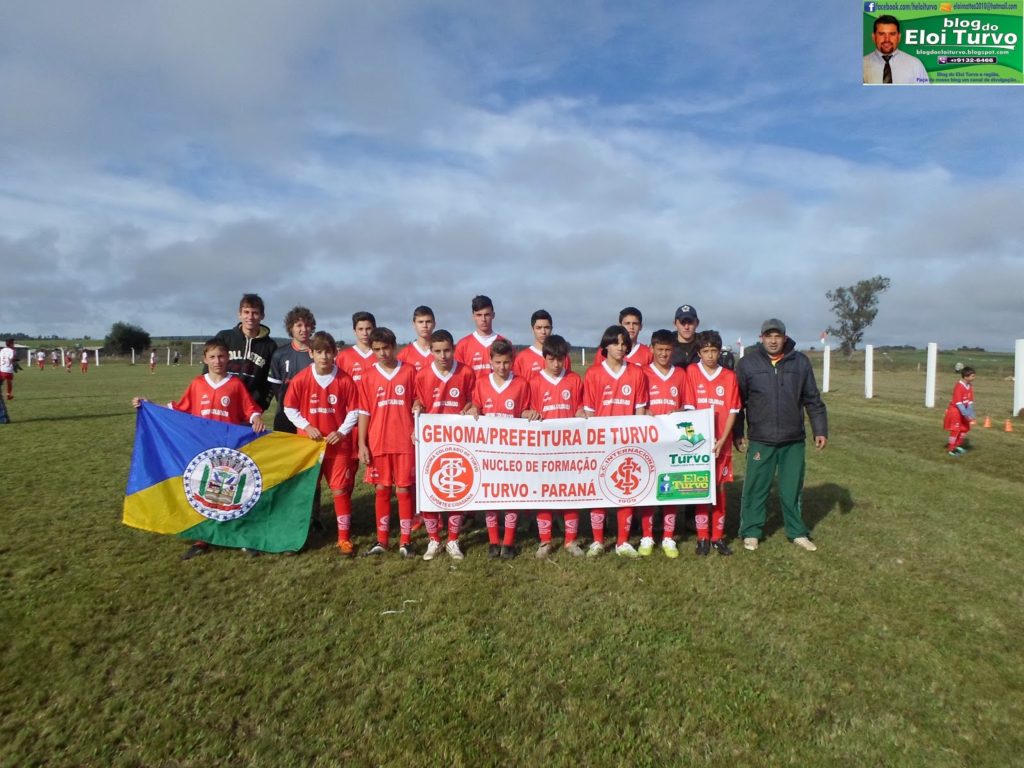
Every year the nuclei participate in tournaments involving the categories Pre-Mirim (Sub-9), Mirim (Sub-12), Children (Sub-14) and Juvenile (Sub-16) to determine the champions of the capital, the metropolitan region and inland regions. The champions of each region compete in the finals from October to December.
PRE-MIRIM CATEGORIES – Sub-9
MIRIM – U-12
CHILDREN – U-14
JUVENILE – U-16
Goals
The Colorado Genome project seeks to bring the following returns to the International:
* Dissemination of the Club’s brand;
* Significantly increase the number of fans;
* Possible increase in the number of members;
* Ease in discovering new talents for football;
* Sports and cultural exchange with the organization of regional and state events and championships;
* Taking the position of the “Clube do Povo” in the light of the country’s social circumstances, allocating much of the Project’s assistance to low-income populations in the regions covered.
Contact Us:
E-mail: [email protected]
Phones: (51) 3230-4701 and 3230-4702
Club Internacional Trials/Tryouts
Sport Club Internacional stands out on the world stage for its capacity to form big names in football. With a large investment and highly qualified professionals, the Club invests in the discovery and formation of new talents.
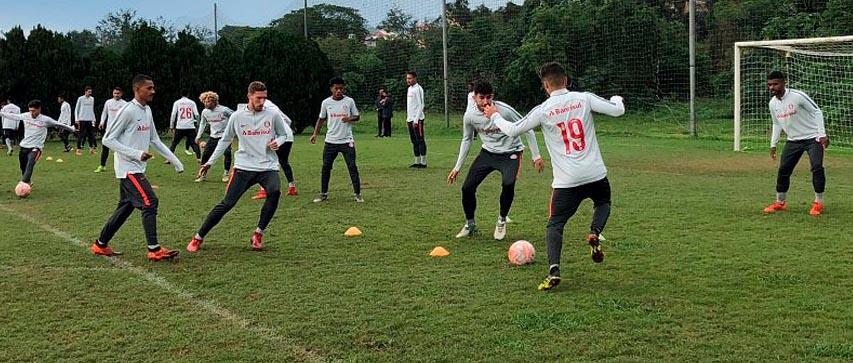
It is for this purpose that the Department of Technical Evaluations of the Base Categories exists, which has been a reference with regard to the evaluation and recruitment of new talents. The department’s main objective is to evaluate young people aged 14 to 17, with regard to their general skills, thus seeking to find young people with great potential to be developed.
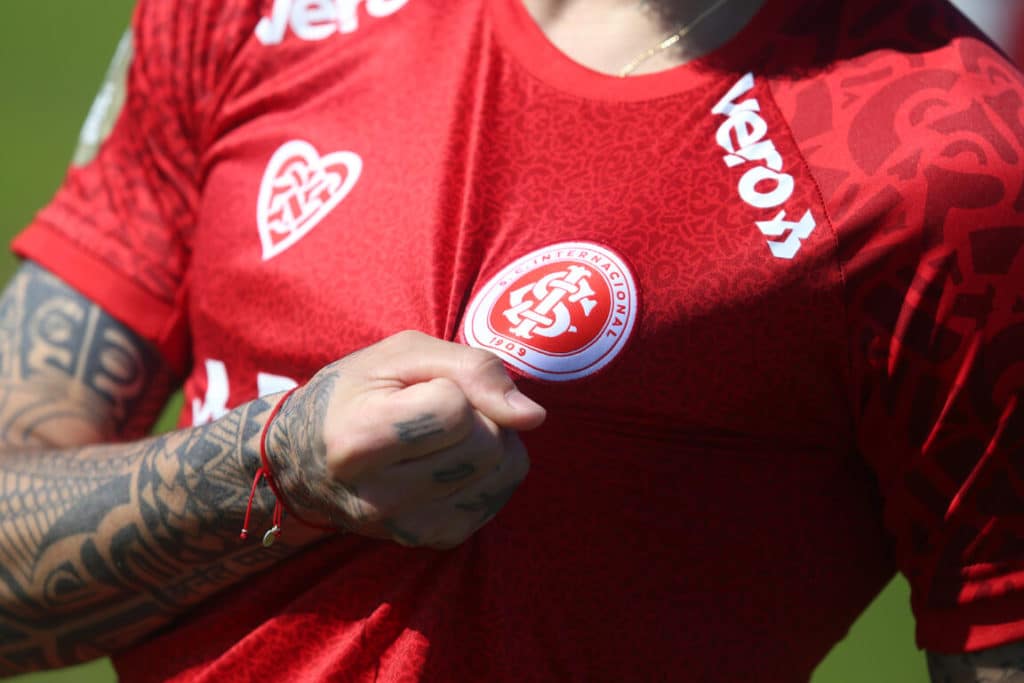
For this, the Club has an organizational structure and a team of evaluators that develop this work.
Sport Club Internacional, through the Technical Assessments of CAPA Base and Escola Rubra, informs those interested in joining the Club’s basic categories that the assessments are still suspended. Due to the pandemic, we have suspended the Technical Assessments in person. The expected return is for 2021.
Trail Contact
For further updates, please contact Club Internacional directly through email at [email protected]. or visit their official website by clicking here. We will continue to monitor upcoming trials so please check back at a later date.
EXPLORE MORE CLUBS!
Explore more professional clubs by continent.
Internacional History
The Poppe brothers established the club in 1909 with the intention of making it a democratic organization free of bias, and they succeeded in doing so. The team’s colors are red and white, and its supporters are referred to as Colorados.
It is one of the most successful clubs in Brazil and America. In fact, it is the third most successful team in Brazil in terms of the number of international titles it has won, with 7. Its longtime adversary is Grêmio Foot-Ball Porto Alegrense, with whom it competes in the Grenal, which is widely regarded as one of the most important and exciting derbies on the global stage. They compete in Série A, which is the highest level of the Brazilian league.
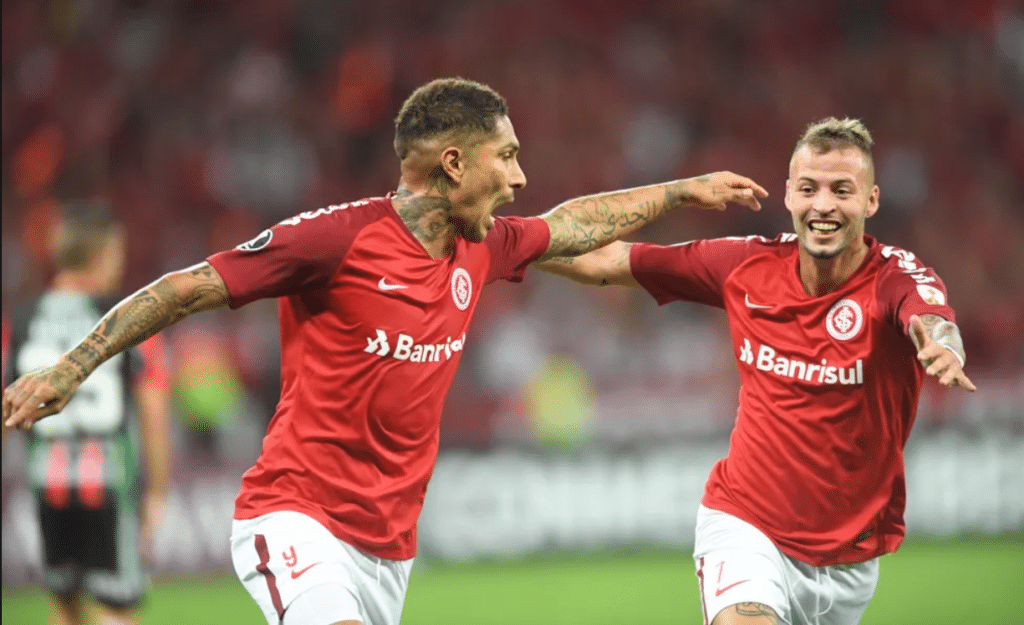
Internacional is a part of a huge sports club that has more than 200,000 members and is founded on the concept of membership. Inter achieved their greatest level of success in 2006, when they won the Copa Libertadores and the FIFA Club World Cup for the first time. In the latter competition, they prevailed over European champions Barcelona, and in the former competition, they defeated the reigning champions of the Club World Cup, Sao Paulo.
In 2010, Inter won the continental championship for the second time in a row. Other important accomplishments include the 1975, 1976, and 1977 Copa do Brasil titles, the 2007 and 2011 Recopa Sudamericana titles, the 1992 Copa do Brasil championship, and the 2008 Copa Sudamericana trophy. The 1977 title is the only time a club has won the title without losing a game.
Stadium
Estádio José Pinheiro Borda, also known as Estádio Beira-Rio or Gigante da Beira-Rio or simply Beira-Rio, Riverside Stadium owing to its location beside the Guaíba River, is a football stadium in Porto Alegre, Brazil. The Estadio dos Eucaliptos, which was previously used by Sport Club Internacional, has been replaced by this stadium as the club’s primary playing venue.
It was named after José Pinheiro Borda, an old Portuguese engineer who oversaw the construction of the stadium but did not live to see it finished. He passed away before the stadium was fully finished.
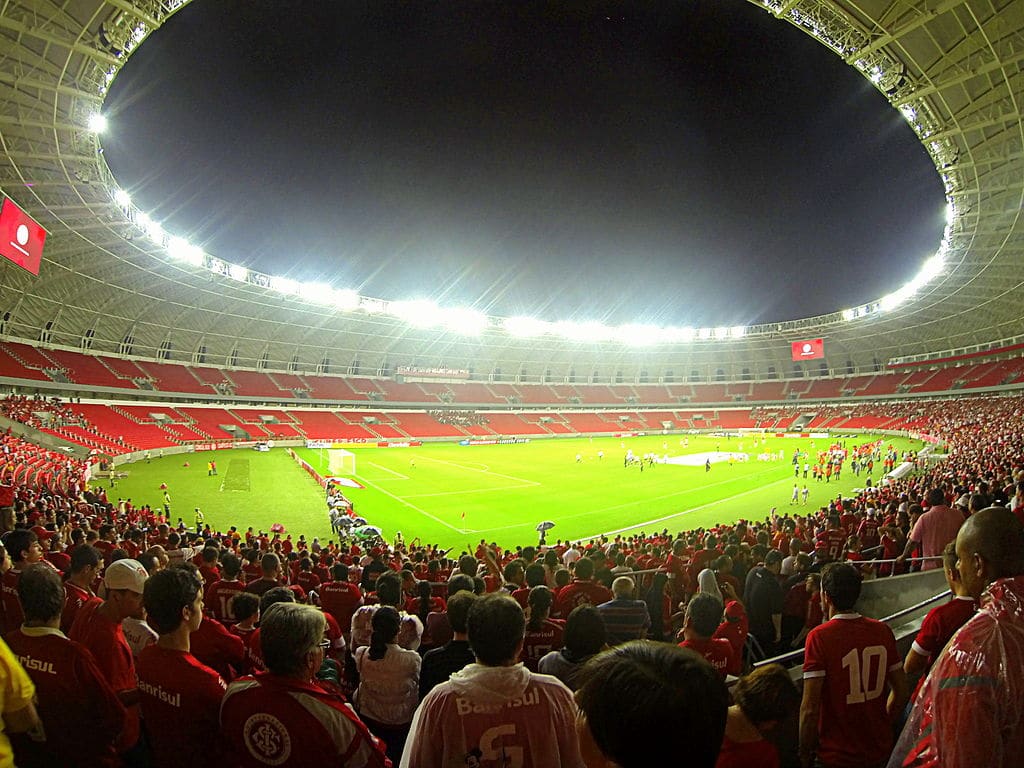
Five of the matches that took place at the 2014 FIFA World Cup were played in Estádio Beira-Rio, which was one of the twelve stadiums that were utilized throughout the tournament.
Crest
The earliest design for the crest of Sport Club Internacional featured the initials SCI written in red over a white backdrop. This version of the emblem did not have the red contour that was added later. In the 1950s, the colors were switched around, with the initials inscribed in white over a red background. This design was used until the 1970s.
The club’s victory in the Copa Libertadores resulted in the addition of a fifth star to the club’s crest; this star is larger by fifty percent than the previous stars, and it sits atop the other four stars, which stand for the club’s three Brazilian championships (1975, 1976, and 1979), as well as the Brazilian Cup title (1992).

Despite this, Inter went on to win the FIFA Club World Cup in the same year. As a result, the star that represented the club’s victory in the Copa Libertadores was moved down between the four stars that represented the club’s national honors, and a new diamond star was added above it to commemorate the club’s victory in the world championship. Another star was added to the team’s collection after they repeated their victory in the Libertadores in 2010. The present coat of arms was designed to celebrate the 100th anniversary of the club in 2009.


